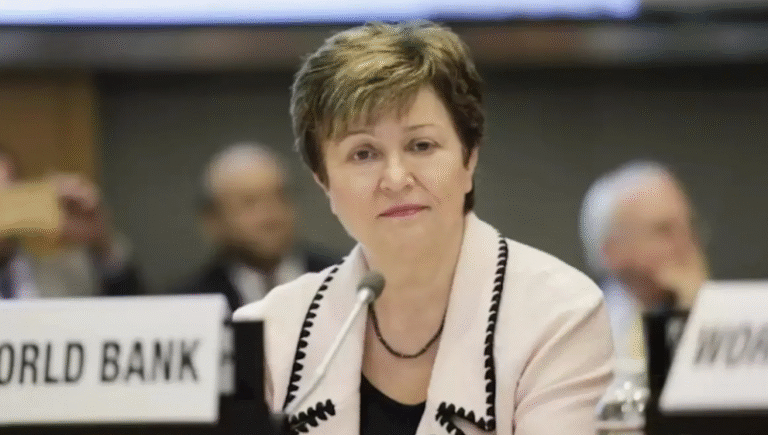Business: India’s ambition to be among the world’s largest and fastest growing economies will depend on how effectively the country deploys its households’ savings into productive assets. This has been said in the recent report of Elara Securities.
Possibility of change in the coming years
The report states that a major change is taking place in the structure of household savings in India. This transformation is supported by favorable demographics, government reforms, economic policies and strong digital public infrastructure. All these factors are likely to drive marked changes in the way Indian households save and invest in the coming years.
India’s position compared to other major economies
The report said directing domestic savings towards productive assets is essential for India’s ambition to become a fast-growing economy and aim to become the world’s largest economy. It said the return, risk and liquidity profile of household savings in India is changing rapidly, but financial savings are still low compared to other large economies.
Financial savings expected to increase three times in coming years
The brokerage estimates that India’s gross financial savings could grow more than three times in the coming years, and constitute about 11 to 12 per cent of the country’s GDP. It also observed that the household savings rate, i.e. as a percentage of gross available income, is higher than in many other countries. This high savings rate serves as an important domestic capital source for investment and plays an important role in maintaining economic growth.
Change in savings pattern
Over the years, the nature of savings in India has been changing from traditional forms such as bank deposits and cash to capital markets, investment plans and pension schemes. The report links this shift to changes in consumer behavior and the expansion of digital public infrastructure, which has made financial investment more accessible and convenient.
The report also noted some key trends
The share of bank deposits was more than 50 per cent in FY 71-80, which declined to less than 40 per cent by FY 24, which could pose a challenge for banks. Cash holdings remained stable at around 10% over the past four decades, reflecting a trend to hold cash as a store of value despite the increase in digital transactions.
Savings are moving towards capital markets and pension plans, as these offer higher returns, long-term wealth creation and tax benefits. The report concluded that focusing on the changing nature of household savings is critical to India’s economic growth, and channeling it into productive assets will determine how effectively the country achieves its development and growth goals.







